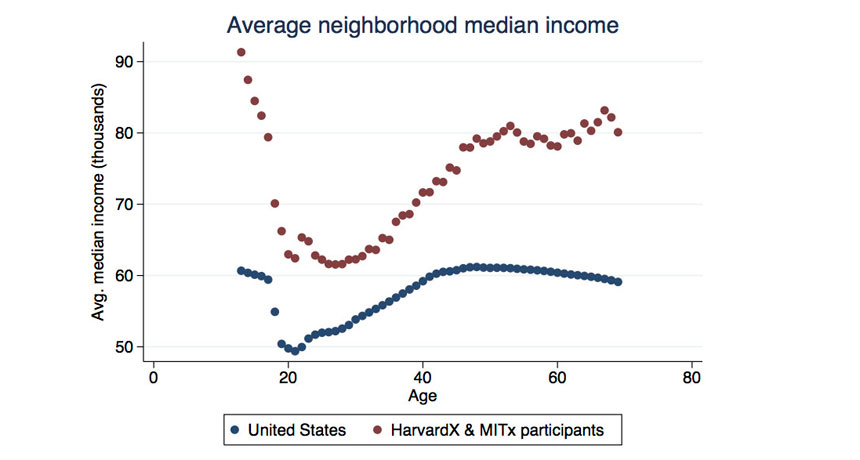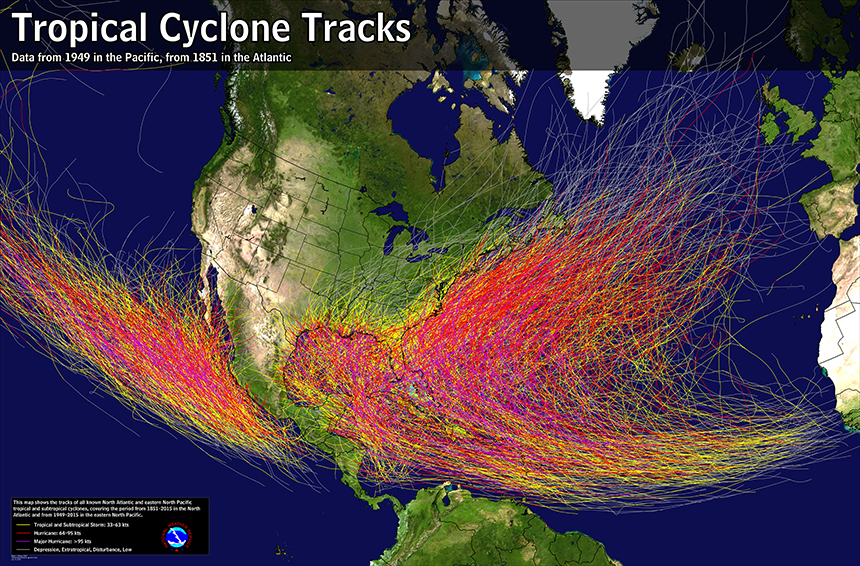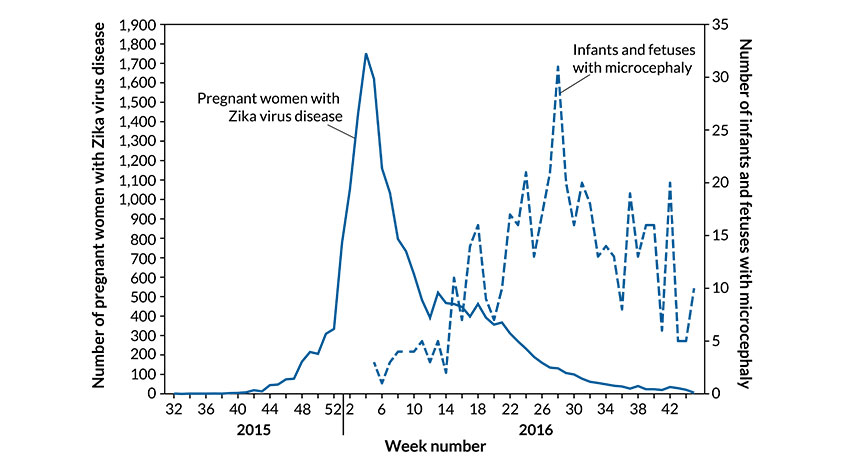Research at Home: Large Data Sets
Mountains of data are at your fingertips and can be analyzed in new ways for your at-home research project
Locate a data set that interests you, see how others students have used large data sets in their research, and learn about current scientific studies fueled by big data.

Sources of Large Data Sets
US Government
Here you will find data, tools, and resources to conduct research, develop web and mobile applications, design data visualizations, and more.
US Census Bureau
The vision for data.census.gov is to make data available from one centralized place so that data users spend less time searching for data and content, and more time using it.
Amazon Web Services
This registry exists to help people discover and share datasets that are available via AWS resources.
National Oceanic and Atmosphere Administration (NOAA)
NCEI is responsible for preserving, monitoring, assessing, and providing public access to the Nation’s treasure of climate and historical weather data and information.
National Aeronautics and Space Administration (NASA)
DATA.NASA.GOV is NASA’s clearinghouse site for open-data provided to the public.
U.S. Geological Survey
The USGS Science Data Catalog provides seamless access to USGS research and monitoring data from across the nation. Users have the ability to search, browse, or use a map-based interface to discover data.
NASA Infrared Processing and Analysis Center
IRSA’s holdings consist of data products from NASA’s infrared and submillimeter projects and missions, as well as contributed data sets. These holdings include all-sky surveys in 20 bands, 88 billion rows of catalog data, 100 million images, and over 100,000 spectra.
Centers for Disease Control and Prevention
CDC is one of the major operating components of the Department of Health and Human Services.
Society Blog Posts about Large Data Sets
ISEF Abstracts on Large Data Sets
Check out these projects in Behavioral and Social Sciences, Translational Medicine and Physics and Astronomy, three of the twenty-one Regeneron ISEF categories. See more ISEF abstracts by visiting the ISEF Project database.
Behavioral and Social Sciences
- A Machine Learning Approach to Identify Socio-economic Factors Responsible for Patients Dropping Out of Substance Abuse Treatment
- The Education of Haitian Immigrants in Brazil: Mapping the Conditions of Schooling of Haitians in Brazilian Basic Education through Educational Indicators: Phase II
- The Impact of High School Scheduling on Test Scores
- A Data-Driven Optimization of Economic Resource Allocation
Translational Medicine
- Triangulating Fluoxetine into a Novel Macular Degeneration Therapy via Biochemical, in vivo and Big Data Approaches
- Predicting Lung Cancer Onset Using Segmentation and Classification
- A Predictive Diagnose for Parkinson’s Disease Through Machine Learning
- Inexpensive Mobile Diagnosis of Diabetic Retinopathy Using Deep Learning
Physics and Astronomy
- Extending Frontiers: A Statistical Analysis of Characteristics Influencing Pulsar Classification for Optimized Search by Applying Ensemble Machine Learning Techniques
- Mapping the Habitability of the Milky Way with Gaia and Stellar Kinematics
- Exploring the Wonders of the Early Universe: Green Pea Galaxies and Light Flux
- Chance of Non-Nucleated Light Source Superposition on Ultra-Diffuse Galaxy Centers
Articles about Large Data Sets
Science News and Science News for Students are our award-winning publications that cover current advances across all STEM disciplines. We have gathered a collection of articles specifically on Large Data Sets to further shed light on this topic and provide inspiration for student research projects.
Science News in High Schools Exercises to Start Exploring Big Data Sets
Students will work in groups to explore available data and research various aspects of climate change and then present their findings to the class.
Three activities give students the opportunity to use and interpret data to look for patterns in coral bleaching alerts.
Students will learn how to use an interactive online map of Mars and will identify features and make generalizations about Martian geography.
Students will work individually or in small groups to study different parts of the CDC website on opioids and summarize their findings for the class.
Students will review volcano monitoring data and learn how to use it to predict possible volcano behavior.














